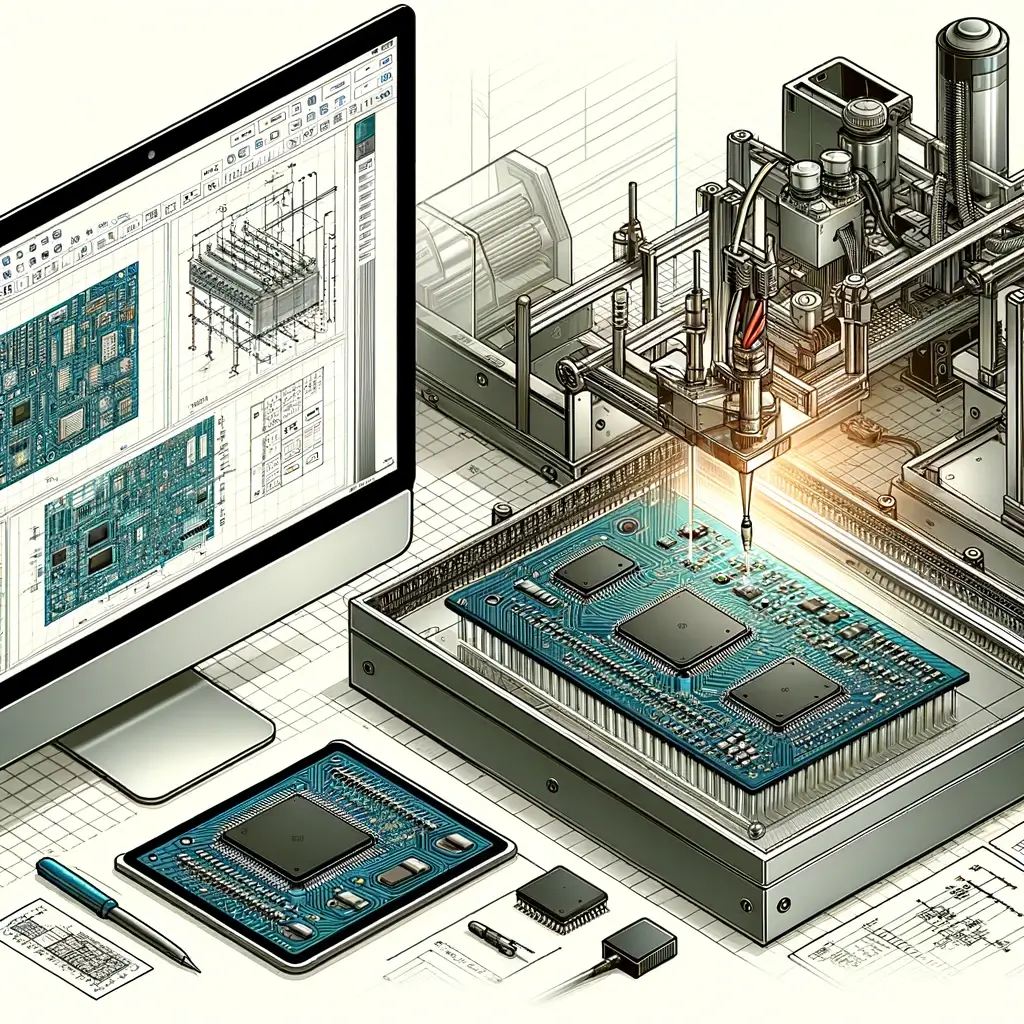LED Aluminum PCB Design – An Overview
While there is no denying the fact that printed circuit boards (PCBs) have played an important role in technological advancements, the arrival of LED aluminum PCBs is soon garnering the limelight. These specialized PCBs serve to regulate heat dissipation from the LEDs and come with multiple benefits for electronic components. In this blog post, we will dive into the intricacies of LED aluminum PCB design and look at how they are destined to revolutionize the electronic industry.
1. What is an aluminum PCB?
An aluminum PCB is a printed circuit board that is made from a thermally conductive material, which helps to dissipate heat from the electronic components on the board. Unlike traditional PCBs that are constructed from fiberglass or plastic, aluminum PCBs offer a higher level of heat resistance, making them useful for A/C/DC LED lighting applications, power supplies, and automotive components.
2. Benefits of an aluminum PCB
One of the most significant advantages of an aluminum PCB is its ability to cool the electronic components quickly, thereby increasing their lifespan and reliability. Aluminum is an excellent conductor of heat, and it helps to spread heat effectively throughout the board. Additionally, aluminum PCBs come with a high-temperature resistance, which makes them suitable for high wattage applications. They also have excellent thermal conductivity, high electrical insulation, and are ideal for LED lighting applications that require a lightweight, compact design.
3. The Design of an Aluminum PCB
The design of an aluminum PCB involves laying out the various components in a manner that enables the heat generated to dissipate effectively. This layout is determined by various factors such as the power output of the LEDs, their arrangement, the area of the board used to dissipate the heat, and the type of thermal paste or interface material used between the board and the heat sink. Given that the aluminum PCBs have metallic layers that are bonded to the dielectric material, they allow for a simple and efficient design that reduces the overall manufacturing costs.
4. The Manufacturing of an Aluminum PCB
The manufacturing of an aluminum PCB involves several steps, including drilling, coating with copper layers, laminating, etching, solder mask application, and surface finishing, among others. Since aluminum PCBs require a thermal transfer layer, the process includes creating a thermal pad for the LED that extends under the die to ensure maximum contact with the board. The fabrication process used for aluminum PCBs is similar to that of traditional PCBs, but it involves the use of specialized tools and techniques optimized for the unique features of the aluminum.
5. LED Aluminum PCB Applications
With their ability to dissipate heat effectively and reliably, LED aluminum PCBs are ideal for use in several industries. They are commonly found in the lighting industry, where they power high-performance LED lighting fixtures and panels used in indoor and outdoor applications. They are also useful in the automotive industry and are employed in automotive lighting applications. Additionally, with the rise of IoT devices, aluminum PCBs are destined to become a critical component for creating reliable and efficient electronic devices.
Conclusion:
In conclusion, LED aluminum PCB design serves to revolutionize the electronic industry by offering efficient heat dissipation solutions. By improving reliability and performance, aluminum PCBs continue to find use across multiple industries, which include the automotive and lighting industries, among others. As more companies use aluminum PCBs in their products, expect to see more advances in technology and overall performance, which could mark the beginning of a new era in electronic design.



